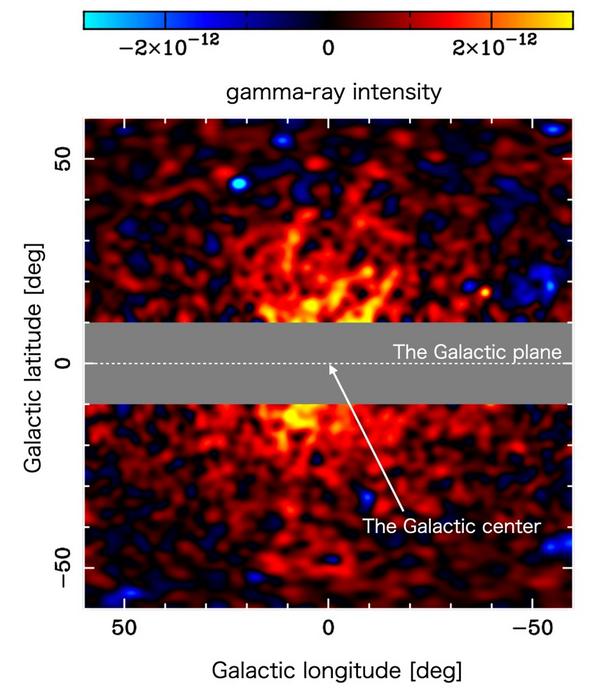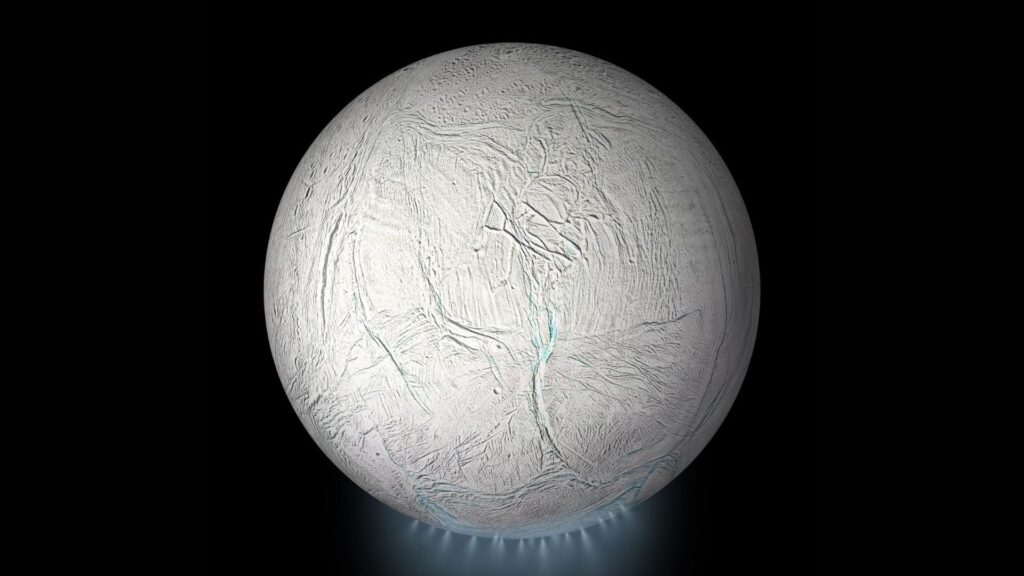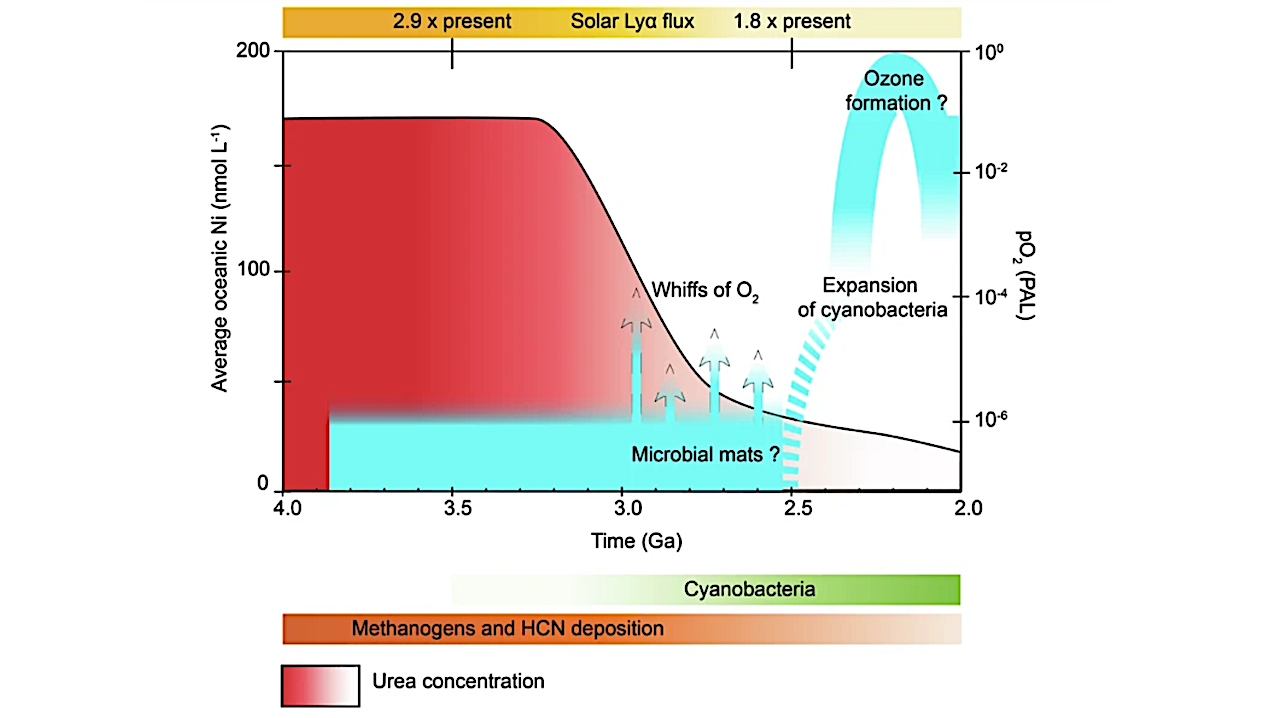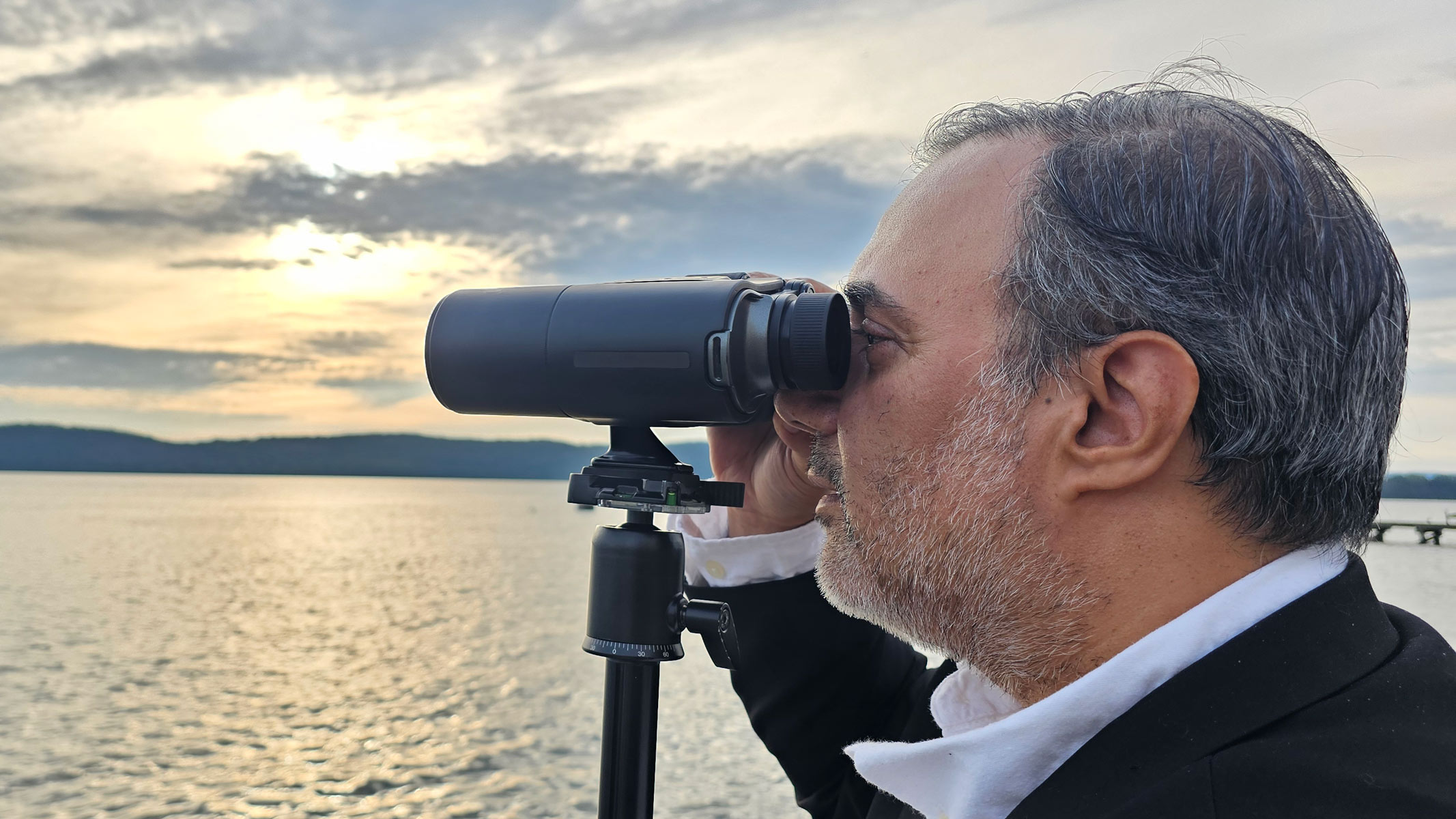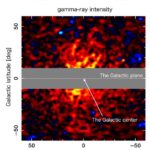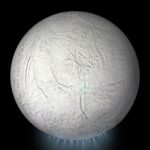Now Reading: The Delta Aurigid meteor shower 2025 peaks tonight in the light of a waning gibbous moon
-
01
The Delta Aurigid meteor shower 2025 peaks tonight in the light of a waning gibbous moon
The Delta Aurigid meteor shower 2025 peaks tonight in the light of a waning gibbous moon
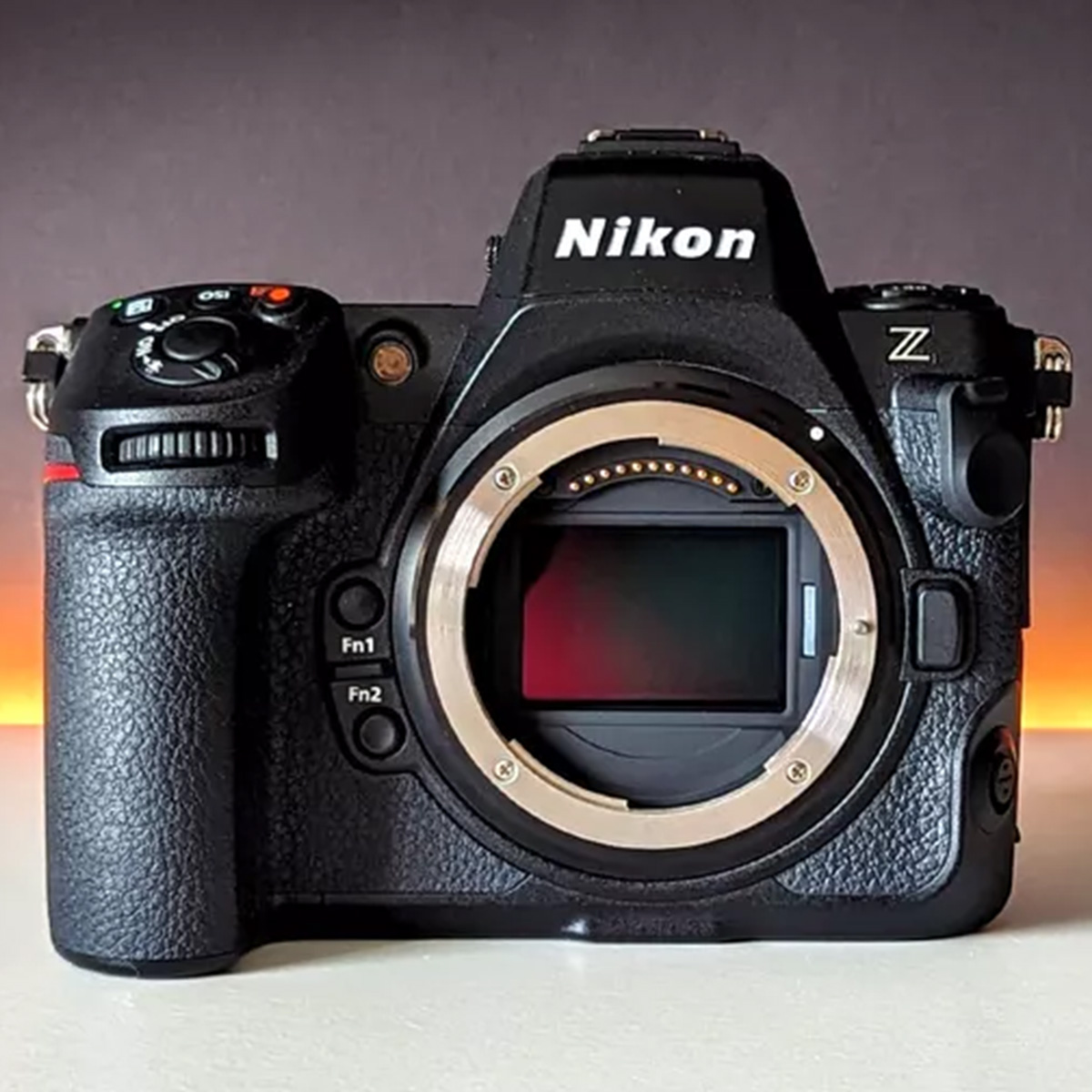
The little-known Delta Aurigid meteor shower peaks tonight, but you’ll need luck on your side if you’re to catch one of these swift shooting stars in mid-October’s moon-drenched skies!
Delta Aurigid meteors appear each year as Earth careens through a debris trail left by an unknown comet. The shower is active between Oct. 10 to Oct. 18, coming to a peak at 6 a.m. EDT (1000 GMT) on Oct. 11, when up to two meteors could be seen brightening the sky each hour under ideal dark sky conditions, according to in-the-sky.org.
Meteors will appear to originate from a patch of sky located in the constellation Auriga, the Charioteer, close to the bright star Capella. This year, the Delta Aurigids will share the sky with a 66%-lit waning gibbous moon, which will rise alongside Auriga just a few hours after sunset and remain visible until dawn, making it challenging to spot fainter members of the shower.
When to look
Your best chance of spotting a Delta Aurigid meteor will come in the predawn hours of Oct. 11, when the radiant will be positioned high overhead. As always, be sure to wrap up warm, head away from city lights and allow 20-30 minutes for your eyes to become adjusted to the dark.
Finder tip
Nikon Z8
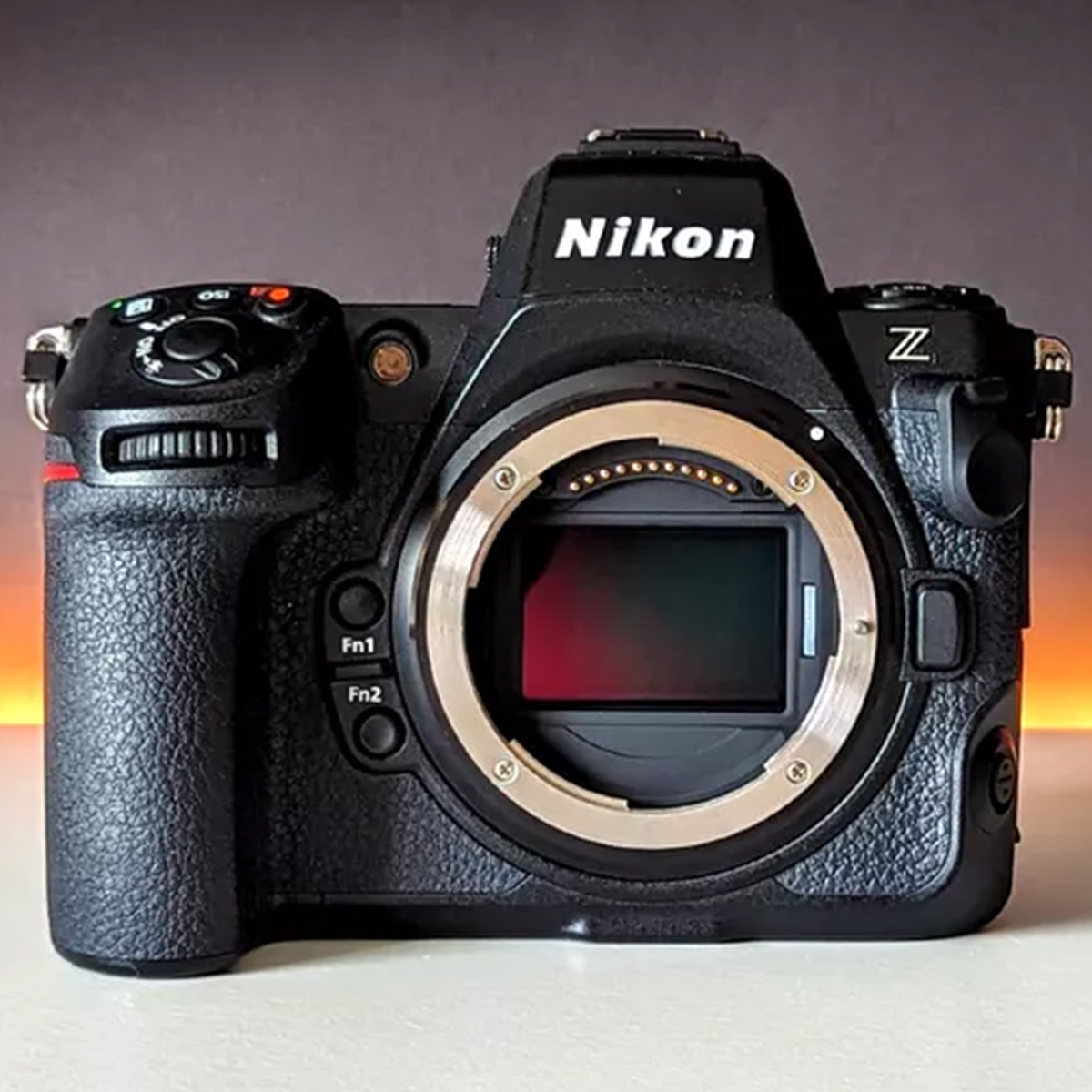
The Nikon Z8 excels in just about every department and we rate it as the best overall camera out there. Check out our Nikon Z8 review for a more in-depth look
Use a trusted smartphone astronomy app (e.g. Stellarium) to find Capella close to the moon, then scan a patch of sky 40 degrees away from the bright star. Here, the meteor trails will be at their longest. If you catch just one shooting star, you will have witnessed the end of a speck of matter that has been hurtling through space — in one form or another — since the creation of our solar system over 4 billion years ago!
The Delta Aurigids aren’t the only meteor shower active on Oct. 11. The Southern Taurids and Orionids are also in play and there’s always a chance that you could spot a sporadic meteor unrelated to any known shower briefly flare into the night sky.
Using the Delta Aurigids as a practice run for the Orionid meteor shower later in the month? Then be sure to check out our guide to photographing meteor showers, along with our roundups of the best cameras and lenses for astrophotography.
Editor’s Note: If you would like to share your meteor photos with Space.com’s readers, then please send your photo(s), comments, and your name and location to spacephotos@space.com.
Stay Informed With the Latest & Most Important News
-
 012024 in Review: Highlights from NASA in Silicon Valley
012024 in Review: Highlights from NASA in Silicon Valley -
 02Panasonic Leica Summilux DG 15mm f/1.7 ASPH review
02Panasonic Leica Summilux DG 15mm f/1.7 ASPH review -
 03How New NASA, India Earth Satellite NISAR Will See Earth
03How New NASA, India Earth Satellite NISAR Will See Earth -
 04And Thus Begins A New Year For Life On Earth
04And Thus Begins A New Year For Life On Earth -
 05Astronomy Activation Ambassadors: A New Era
05Astronomy Activation Ambassadors: A New Era -
06SpaceX launch surge helps set new global launch record in 2024
-
 07Space Force plans new ‘Futures Command’ amid pressure to speed up modernization
07Space Force plans new ‘Futures Command’ amid pressure to speed up modernization












